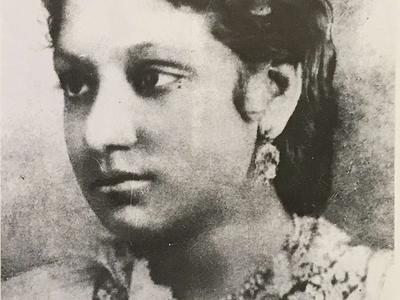Context and the Continuum
As we prepare for the exhibitions of Gobardhan Ash and Rathin Maitra, we have realised that the context and continuum of the modernist movement around the 1940s are somehow forgotten. We strive to bring them to light with the hope of more research and discussions. (Refer here) This write-up focuses on Calcutta and Bombay.
Read More


















